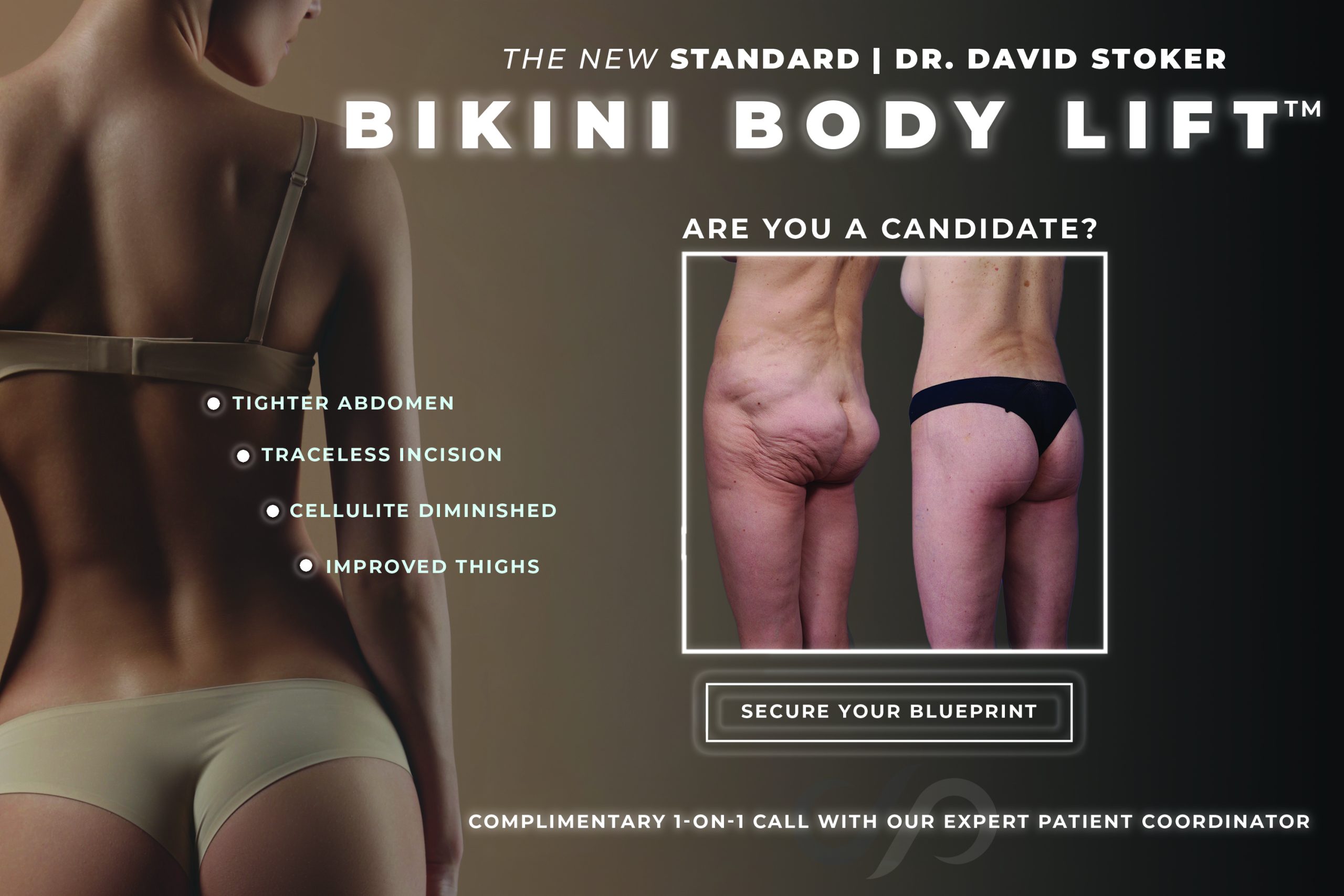
When facelift patients at my Los Angeles practice ask about the recovery process, many are concerned about the amount of discomfort involved and they’re pleasantly surprised when I say it’s relatively painless for most people. What I believe is more important is the timing of their procedures, especially if they’re planning to attend a social event.
Recovery following a facelift varies from patient to patient, and the most important factor influencing the timeline is the quality of a person’s skin before the surgery. Also important is the extent of the procedure. All facelifts aren’t created equal. I use several different techniques to customize the procedure based on the patient’s needs.
These techniques include:
Mini facelift: Younger patients concerned about skin laxity in the cheek area are good candidates for a mini facelift. This technique doesn’t really address jowls or sagging neck skin.
Short scar facelift: This technique uses incisions similar to those used for a mini facelift, but the procedure also includes lifting the muscles and fat supporting the skin and securing them in a more youthful position. In addition to creating smoother cheeks, a short scar facelift also improves the jowls and neck.
Full incision technique: Women and men getting their first facelift in their 50s can benefit from this technique, which elevates and tightens muscles in the neck and jowls. I also remove excess neck fat and complete the procedure by re-draping skin with minimal tension to produce natural-looking results.
As you would expect, the nature of the recovery following one of these procedures is associated with the surgery’s invasiveness. Regardless of which technique is used, most patients feel a bit groggy or unsteady during the first 24 hours after the procedure.
Stages of Recovery
It’s helpful to think of recovery from a facelift from both physical and social perspectives. In other words, even though most patients are physically able to return to work a week after the procedure, if you’re concerned that co-workers may ask about swelling or bruising, then you may want to take a bit more time off.
The first week is typically the peak of the healing process and most patients no longer need to take pain medication (if they did at all) by day 4 post-op. During the second week of recovery, you’ll likely still have swelling and bruising accompanied by tingling, numbness, or tightness. During weeks 3 and 4, most patients feel like themselves even though there may be residual swelling. In fact, it can take months for swelling to fully resolve after a full facelift. That’s why I mentioned earlier that patients planning to attend a class reunion, wedding, or another significant social event should schedule their facelift at least 6 months early.
Even though nonsurgical facial rejuvenation treatments are popular and require little if any downtime, the results cannot match the results of a facelift performed by an experienced, board-certified plastic surgeon. You can see the benefits of facial plastic surgery in my gallery of before-and-after photos.
If you’re considering a facelift, contact us using the online form to request a consultation or call our office at (310) 300-1779 to schedule an appointment.


Leave a Reply